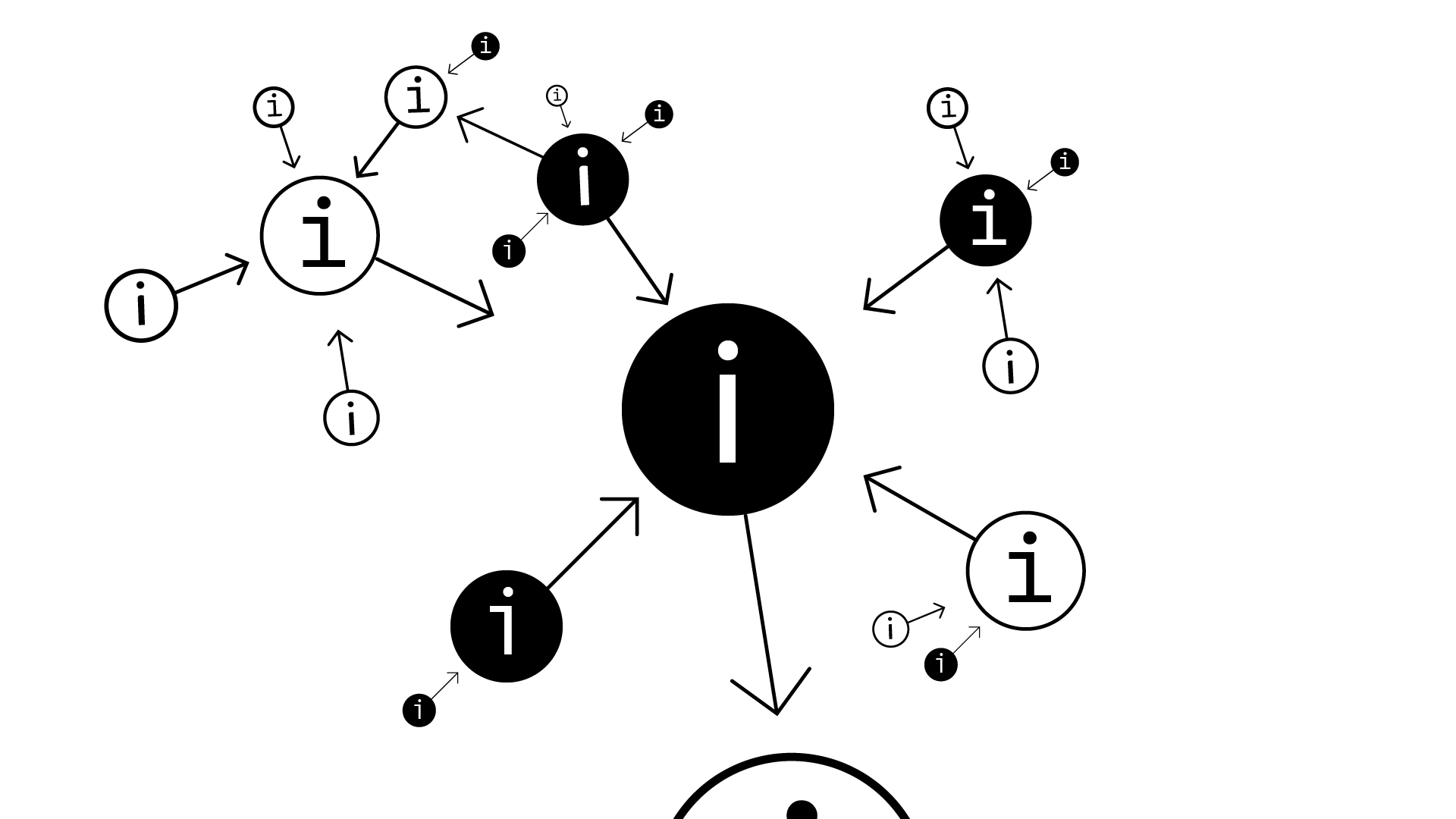Attraction Center (vs Echo Chamber) - diversus-me/blossom GitHub Wiki
If you analyse the current Internet, you can see that it is now organised as a gigantic collection of nested Echo Chambers. People try to gain awareness and prestige by creating addresses, restrictively controlled by faceless administrators, where they accumulate as much congruent information as possible. They have learnt that the Google search method thus brings them audience and attention, the currencies of authority.
The problem for the searcher for truth is that he has to jump from echo chamber to echo chamber in order to build up knowledge, in case he wants to develop a dialectical (and therefore complete) image, what is very tiring. That's why it's rarely done. The bottom line is that the current structure of the Internet is increasingly slowing down rather than accelerating human knowledge formation.
The DIVERSUS approach, on the other hand, is called Attraction Center and explicitly turns against Echo Chamber structures (Attraction Center versus Echo Chamber). Administrators can release the information on their addresses to the DIVERSUS Hyperlayer through a code snippet. Now the users can link even the smallest pieces of information with each other. The information now behaves like gravitational objects to each other, like magnets. The more information an element can attract, the more gravity it receives, the more it gets visible. The congruence of the information plays no role at all.
Due to the magnetic effect in DIVERSUS, the inner relevance of information is reflected in the outer appearance of the Attraction Center at a glance.
Mariusz Kreft and Martina Camilleri are explaining the Attraction Center approach in this video.
 {Every information can attract every other - the principle of the attraction center, allocentric convergence (every particle can be one of many gravitational centers) and expansion (the database expands)}
{Every information can attract every other - the principle of the attraction center, allocentric convergence (every particle can be one of many gravitational centers) and expansion (the database expands)}